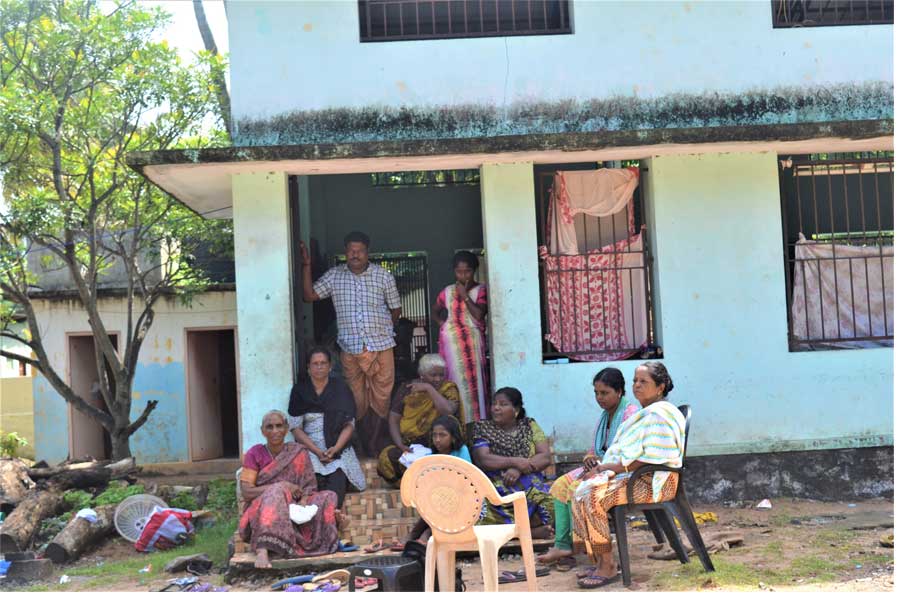Tourism in India has generated around Rs 16.91 lakh crore ($240 billion), which is 9.2 percent of India’s Gross Domestic Product (GDP) in 2018. And about 12 per cent of Kerala’s GDP comes from this sector. The state has rebounded quickly from the devastating floods and the Nipah scare in 2018, and received a large inflow of both international and domestic tourists. According to an Economic Times report, Kerala recorded a 6 per cent growth in tourist arrivals in 2018 as against the previous year. The growth in the first quarter of this year has been impressive too, with a 12.36 growth in foreign and 20 per cent increase in domestic tourists.
Kerala Tourism is now looking East trying to tap the Chinese market—targeting the young travellers—as it registers a high number of young, educated and resource-rich travel lovers. But India is yet to figure in their list of top eight destinations for the Chinese travellers. And Kerala sees very few Chinese travellers and in 2018, less than 10,000 arrived—still a significant jump from the previous year.
At the recently concluded third edition of International Conference on Tourism Technology organised by Association of Tourism Trade Organisations (ATTOI), India in collaboration with Kerala Tourism, Beijing-based tourism expert Richard Matuzevich of the World Tourism Cities Federation, who presented a session on ‘How to do Social Media Tourism Promotion to get Chinese Tourists’ stated that India can woo high-spending Chinese tourists by improving basic infrastructure and by providing exceptional service. “Chinese travellers are boosting the tourism sector all over the world and with the opening up of the market, it holds a huge market potential in India.”
Matuzevich noted that the traditional social media method won’t work in China and communicating in the Mandarin language can play a significant role. “You need to customise your marketing strategy for the Chinese market. Use tools that will connect with the audience instantly.” He recalled a 2013 incident from when no fewer than 65,000 Chinese tourists kept flocking to a lavender farm in Tasmania every year, after a model, Zhang Xinyu, posted on social media an image of her with a doll of that colour, where it is manufactured. He added, “India, particularly Kerala, offered enormous opportunities for such methods to woo Chinese tourists with its culture, backwaters and craft.”
Agreeing with him, Rani George, Kerala Tourism Secretary said, “China is a huge untapped market for us and we believe social media plays a very significant role in promoting and reaching out to the right audience. For the past two years, we have been actively doing social media interactions and are planning to take the same strategy to reach out to the Chinese audience too.”
She also gave an example of how the new Kerala Tourism campaign ‘Human by Nature’ launched in February gained much traction in such a short time. “After the devastating 2018 floods, Kerala revived very quickly especially in the tourism sector. ‘Human by Nature’ emphasises on community building. In four months of its launch, we have reached 40 million views on social media,” she said.
Addressing the delegates consisting of tour operators, hoteliers, owners of resorts and homestays, Matuzevich advised them to use social media, “China has popular tools such as Weibo (microblogging website), Wechat (multipurpose messaging app equivalent to WhatsApp), DouYin (similar to TikTok), Bilibili (video-sharing facility akin to YouTube), Little red book (a platform facilitating review of products including those on tourism) and Meipai (short video platform). These platforms are widely popular in the country and attract a large number of people. The content needs to be catchy and it has to be in Chinese,” stated Matuzevich, who learned Chinese language in Tsinghua University before graduating in International Business and Economics in 2013.
The two-day conclave also witnessed speakers talking about various subjects like Artificial Intelligence and Travel Resolution; Impact of Influential Marketing in Tourism; Secrets of Search Engine Rankings; How to create a good story about your brand; How to create Start up jobs in tourism through online platform; and How to create an attention grabbing content/blog amongst others.
Knowing the Chinese Traveller
- The Chinese prefer to travel in groups
- There must be free Wi-Fi in the hotel/homestay. The Chinese traveller does not like to pay for Wi-Fi.
- Keep a Mandarin speaking guide ready because the Chinese guest prefers to speak Mandarin and may not know English.







